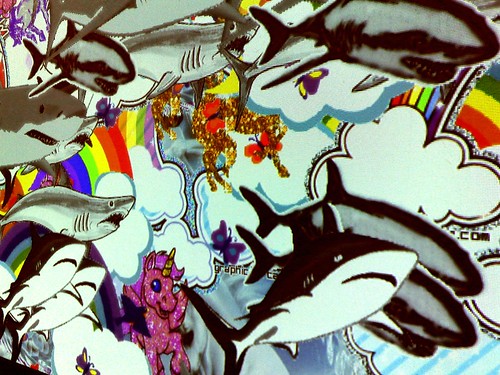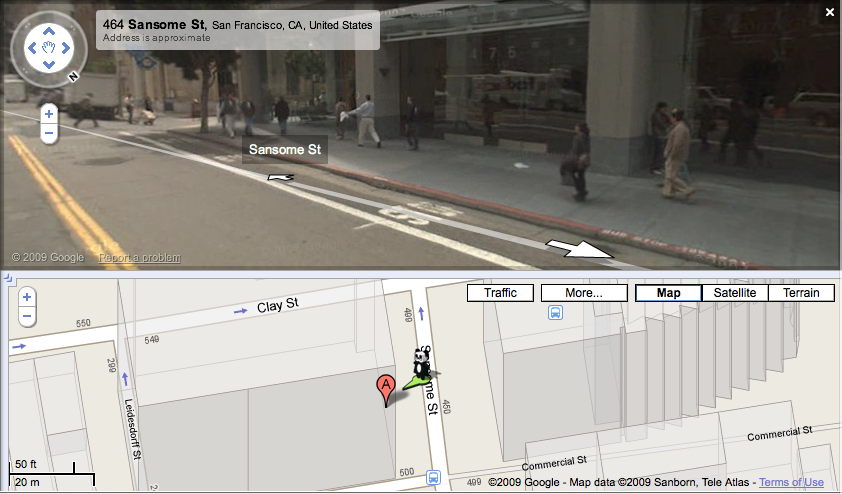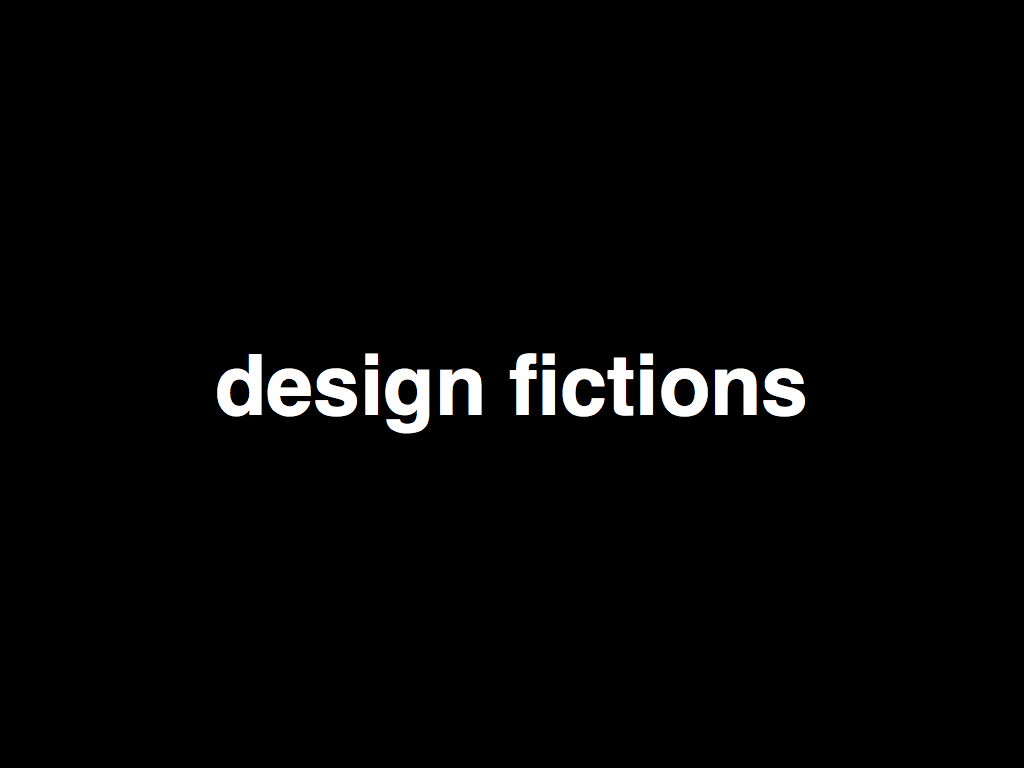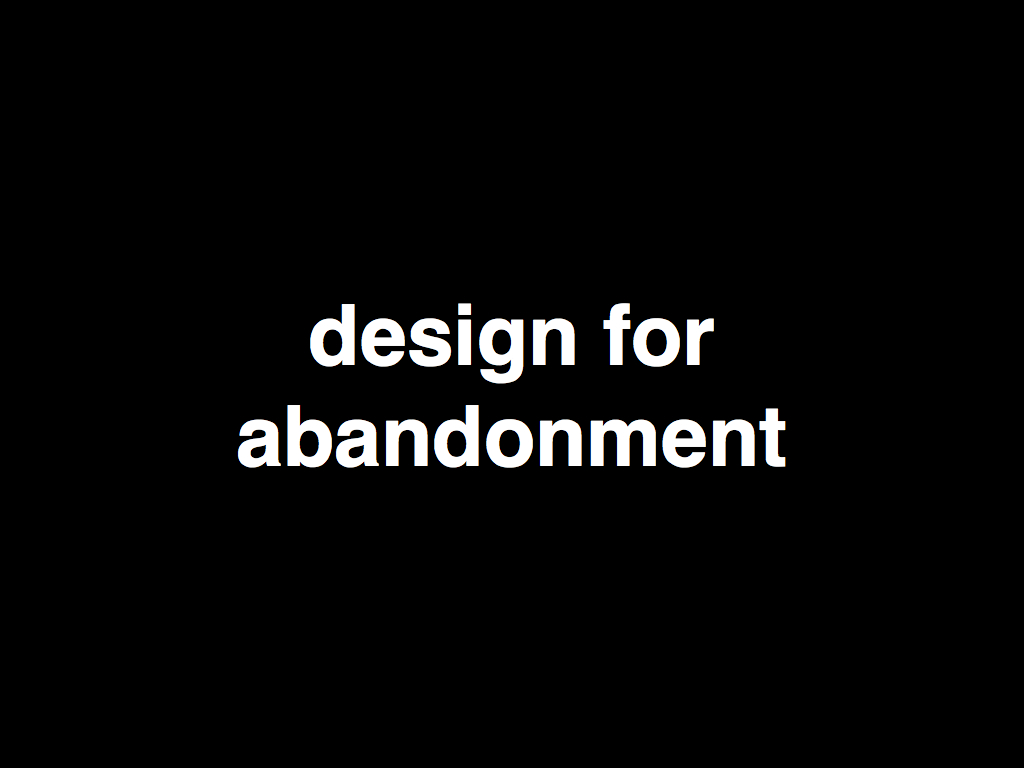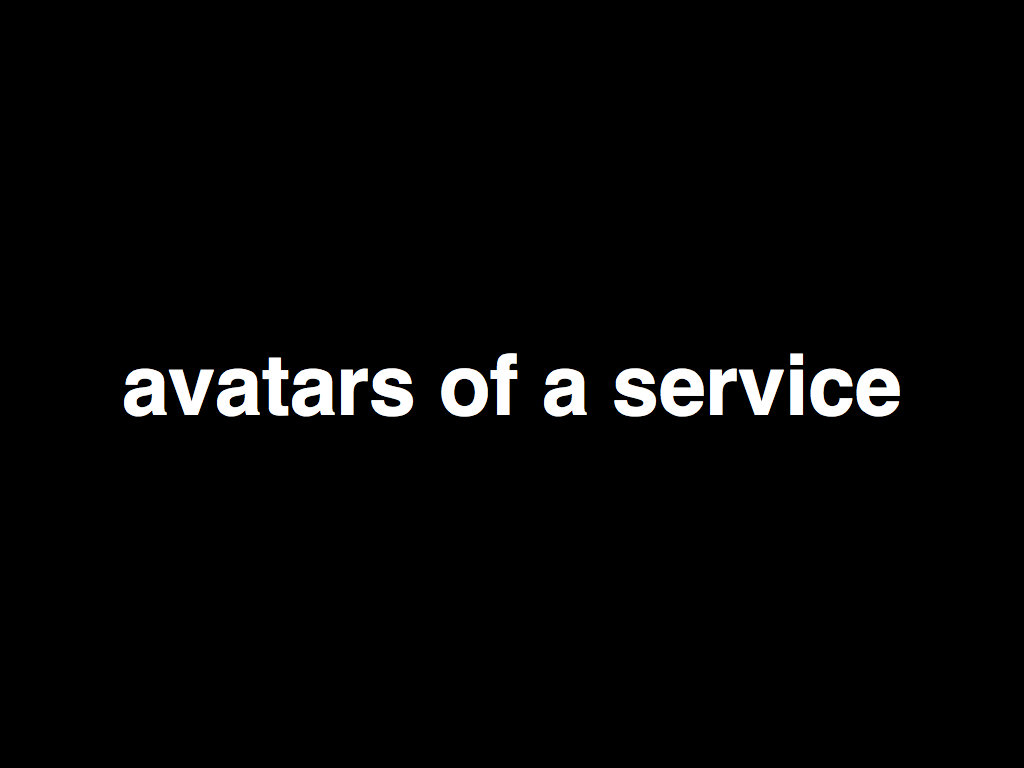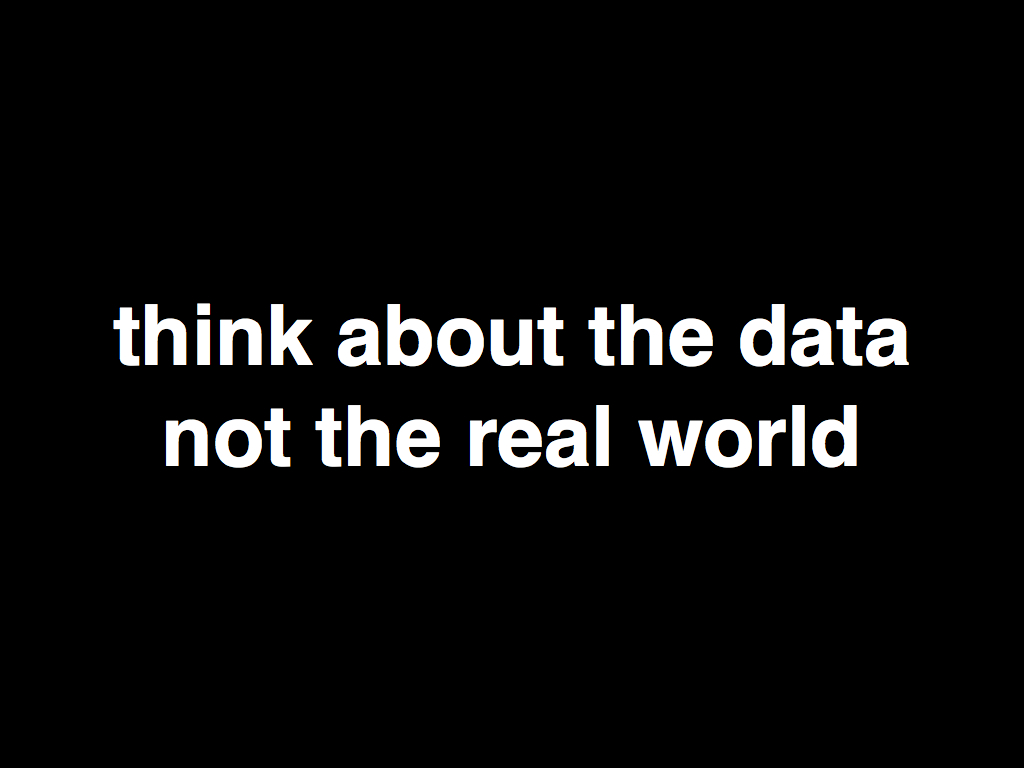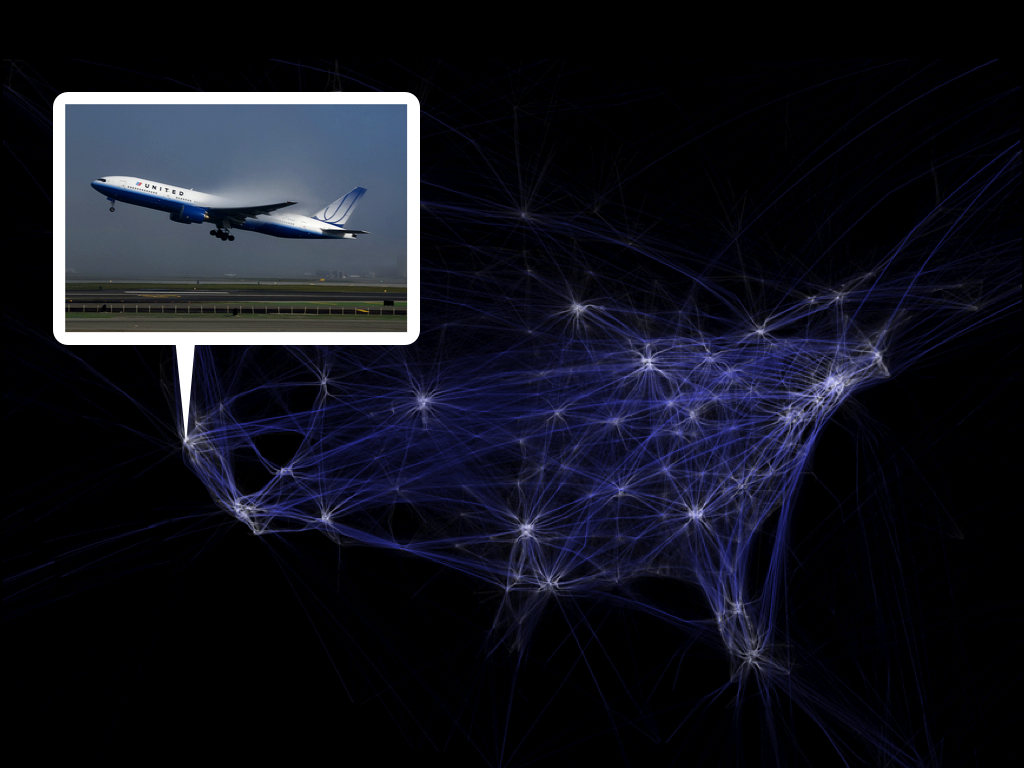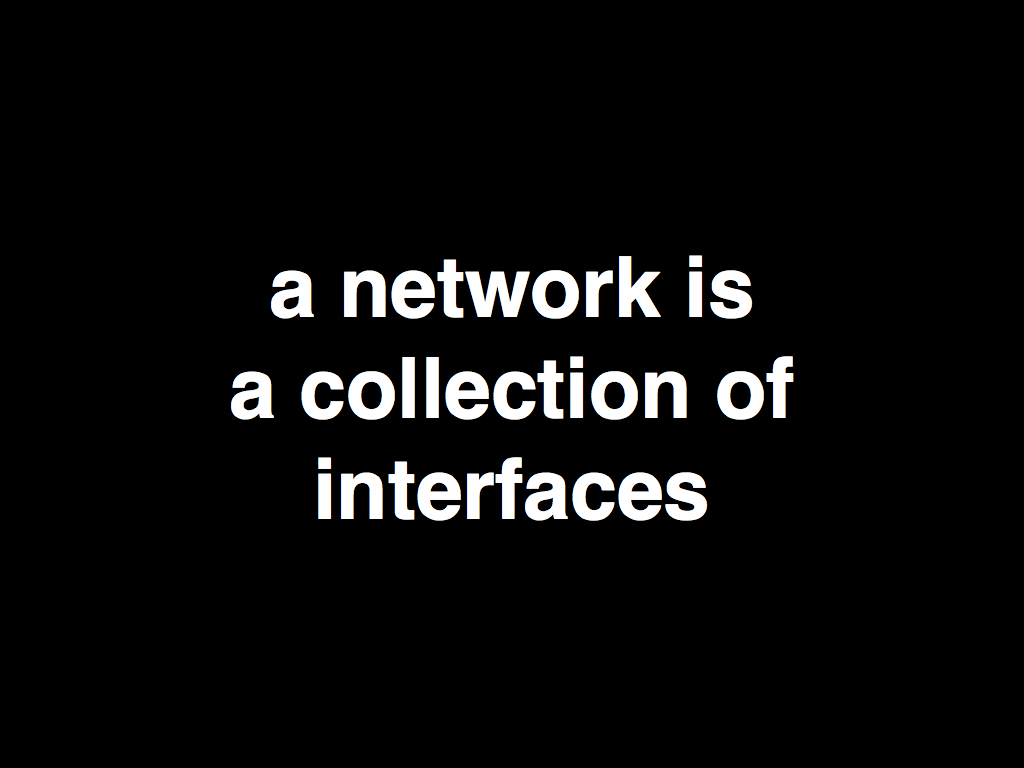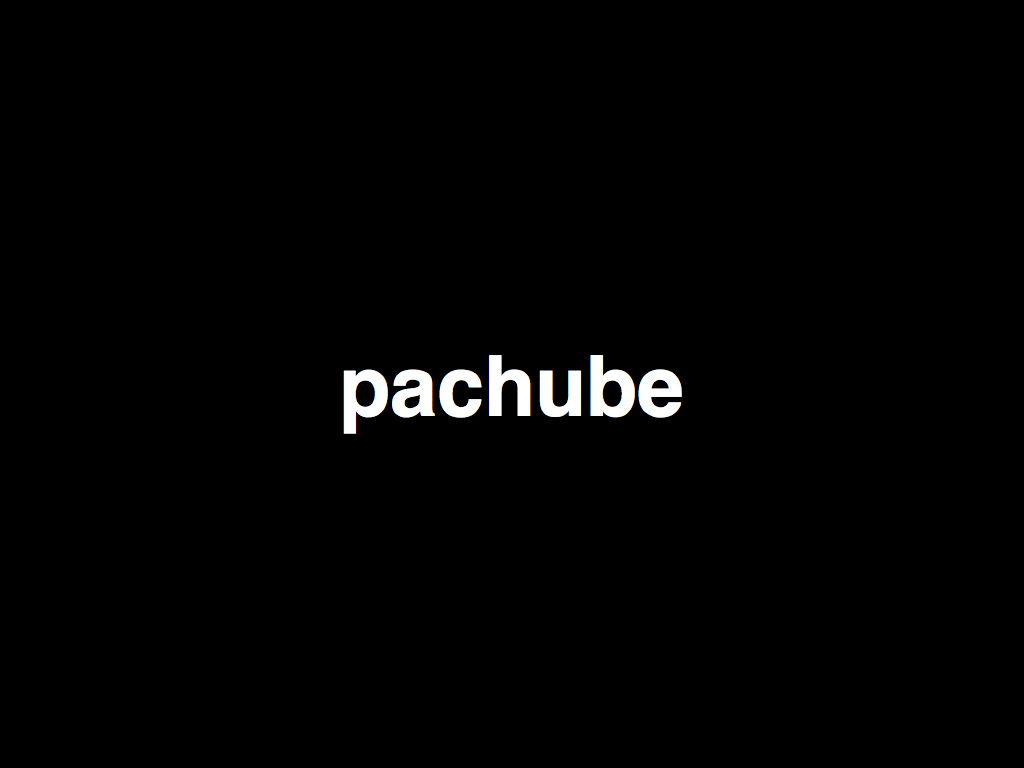This is the story I want to remember

see also: py-wsclustr, testing py-wsclustr and selflesh's photostream
This blog post is full of links.
#py-wclustrThis blog post is full of links.
#pandaUntitled Intimacies
I've been threatening to write an extra-long and
extra-twisty blog post ever since PaperCamp that would tie
a whole bunch of related ideas together (like a set of
headphones knotted in your pocket). I can't even remember
what half of them are, or how they fit together, now and the
other half continue to be bogged down in messy coding and
packaging details. So, I figure I might as
well try to kick the problem in the untitled intimacy with
the your ~/bin directory
post and see what
happens. Also, Myles complained about not having anything to read.
A few years ago, the now defunct oreillynet.com website ran a series of articles
called something like your ~/bin directory
. The idea
was to get people to write about the quick and dirty scripts
they wrote for themselves to solve the variety of problems
and hurdles they encountered every day. They often weren't very elegant but they worked
— they just fucking did it — at
least for that person. It was a lovely series because it was
an especially confortable window on which to sit and see how
a person solved a problem and, just as importantly, which
issues they simply chose to side-step.
Everything is easier when you're just writing for yourself, right?
I was mentioning all this to Seth one day, during a meeting when I'd showed him the Untitled Intimacies Twitter-posts-on-a-map pictures I'd been creating and uploading to Flickr. These are selected Twitter messages that have been geotagged and plotted on a stylized map with a big honking pinwin containing a cropped image of Twitter's own big honking pinwin, generated using a rasterized version of the site's HTML. I could have also used the API to draw the text of a post but I like the idea of including the actual markup specific to a time and in place both the user and site's history.
Layers of context.
You can draw a pretty
straight line from the early Net::Flickr::Geo
maps to the pinwins and then from history
box to history box to history box to these and then back again to delicious maps and, carrying on the grand
tradition of one name stupider than the next, bucket
maps. There's a lot to talk about in all
of that; I'm pretty sure that's at least one end to the
thread with...no end, that I mentioned above. These days, it
mostly just comes out in the form of drunken exhaustion,
angry ranting and borderline character assasinations.
But that's a story for another day.
What I was talking
about, that day, was trying to do a your ~/bin
directory
style post about the code that generates the
Twitter maps because I
figured someone else might want to geotag
their Twitter
posts and I thought it would be nice to share. In
that way that you want to share where you don't want any of the burden of
maintaining the code or making it work anywhere but your own
setup.
Enter GitHub.
I come slowly to revision control systems in part because
they go in and out of fashion at roughly the same rate as
boy-boy and girly-girl bands. I believe that some, like Git, can have real
advantages over others or have been tailored to fit a
specific class of projects but they are not the ones I work
on. My needs are pretty pedestrian and while there may be perfectly good reasons
that git commit does both exactly what it
sounds like and not at all what you'd normally expect,
given the semantics of all the version control
systems that came before it, the disconnect has always made me a little wary of
making the effort.
There's also the part where it seems like every single
introductory HOWTO on the subject of Git fails the Hello
World
test by requiring what feels like four times as
many steps to do the most basic of things, like this:
cvs checkout
cd ; touch bar
cvs add bar
cvs commit -m ur mum uses svn
bar
Git feels like the Java of
version control which is fine since Java's good at a lot
of things but generally seems to come at the cost of making simple things
a nuisance. But hey, it also seems ideal for your ~/bin
directory
style projects! That's what Paul Hammond did when he
released his MiniMuni webapp. He just slapped it up
on GitHub and said:
As the about page says, if you live exactly 6 minutes from Sunset Tunnel East Portal, 8 minutes from Duboce and Church, and 10 minutes from Church Station you may find it useful too.
Within a day, two or three people had found it useful enough to fork and to tweak to work within whatever (n) minute walk from the MUNI they lived near. I like this. I like this because it's fast and cheap and no one asked Paul to make his code any more complicated than it needed it to be for him or fall in to the rabbit hole of abstraction; first another MUNI stop, then another transportation system, then the moon.
Simon Wistow is not wrong in his takedown of the Gitastic habit of forking first and asking questions later but I do think there is a place for the sort of rapid cloning of simple projects described above and GitHub seems to make it easier than most.
Which is what I chose to hear Seth say to me that day, even if he didn't. So, here it is:
http://github.com/straup/untitled-intimacies/
It's mostly written in Perl and will require you to
install stuff using the scary
CPAN. It currently
only works on a Mac because it uses webkit2png and
requires PyObjC. It shells
out to Python. Twice. If you have a custom background
you will need to patch the crop_tweet.py script
which has about as much grace as a land mine. Depending
on how your Mac is set up it shells out to Python twice,
to two different versions of Python; if you can get
PyObjC to build out of MacPorts, more power to you. It
effectively shells
out three times if you count the call to the ModestMaps
ws-pinwin server running on localhost (and which is not
started automatically).
Actually, if your Twitter stream is not public it will probably work on a (not a Mac) because the part where you could pass your (Twitter) credentials in a GET request suddenly stopped working the other day and webkit2png, as it is written, doesn't read from a cookies file so I modified the code to work with a screen grab.
# Usage (simple)
$> perl ./map_post.pl -c your.cfg -l '45.123,-37.939' -u http://twitter.com/you/status/1234
# Use a screenshot instead of webkit2png (usually, because Twitter is doing
# weird auth-y stuff they won't explain to anyone...)
$> perl ./map_post.pl -c your.cfg -l '45.123,-37.939' -u /path/to/screenshot
I'd like to think that it would be as easy to fix as fetching a Twitter page using curl -c and rendering it as an image using webkit2png on a local file. But given how completely hosed Twitter's persistent cookies have been in the last month a more likely scenario will involve using WWW::Mechanize and pretending to actually log in to the site itself before writing an HTML file for the Twitter message in question to disk.
Update. Or like this which hasn't yet been plugged in to the rest of the code : http://github.com/.../fetch_tweet.pl. I love Perl.
But otherwise it just works. I have pictures, and everything, to prove it.
There are a lot of moving parts. Most are things
that I use, or prefer to use, for a variety of related
tasks: Python for maps and images, Perl for Flickr, Java
for barcodes and so on. The important part in that
is: preferred. I briefly considered rewriting
map_post.pl in Python so that it could load
the ModestMaps code natively but then realized that I
had already written an HTTP wrapper in
Perl, I would have to rewrite all the Flickr code in
Python and mostly I just wanted something
that worked now
and didn't really care about building a
shiny tower of idealized beautiful
code. I can live with that.
All in all, I've probably
forgotten some of grunt work in setting things
up but, then again, these days almost everything installs out of
one package manager or another so it's mostly a question
of typing install x
over and over while you read
the paper for a little while.
Welcome to my ~/bin directory.
This blog post is full of links.
#intimaciesNo training for trouble-shooting
There's also a PDF version available here, for safe-keeping.
This blog post is full of links.
#etech09